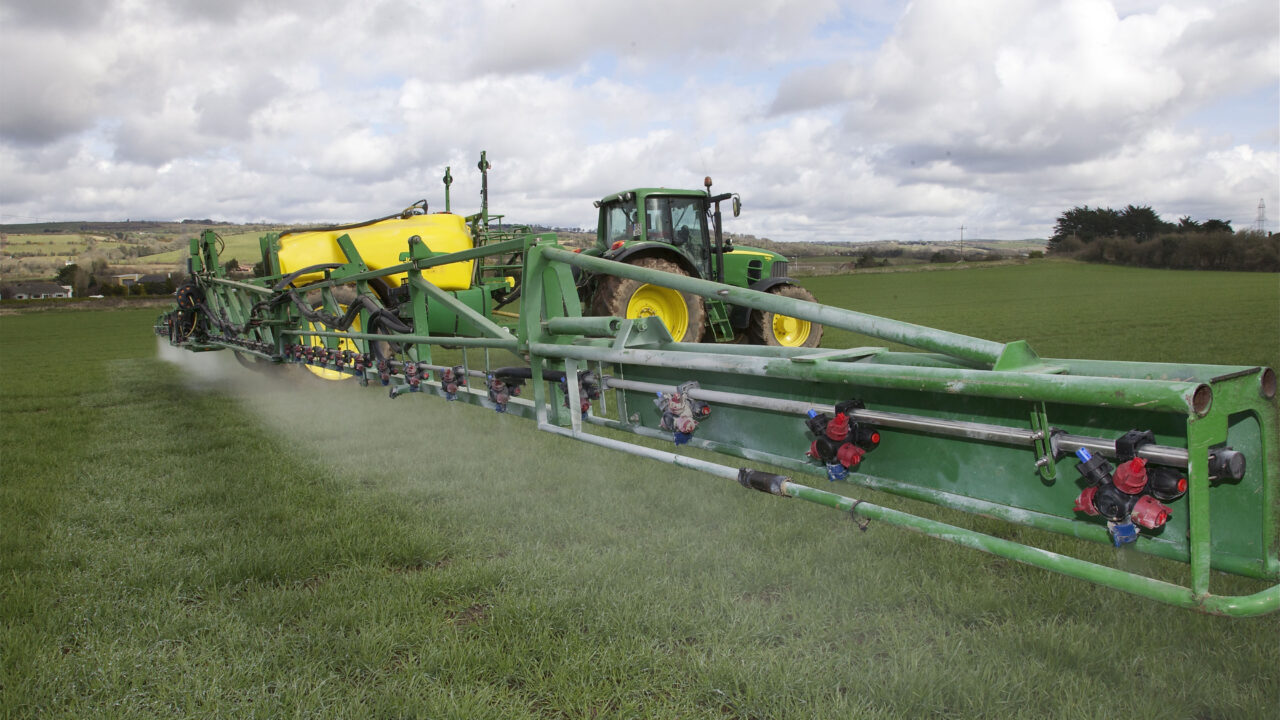Resistance to fungicide sprays in wheat crops is becoming a real issue in Ireland, according to Teagasc’s Steven Kildea, who spoke at the recent National Tillage Conference in Co. Kilkenny.
“Resistance is going to become more difficult to control, as there are fewer fungicides with suitable active ingredients coming on the market.
“Resistance is a natural phenomenon and by using fungicides we are indirectly selecting for it.
“When we have resistance it means that the fungicides are not going to work as well. Crops will have a higher level of disease which will lead to yield losses,” he said.
The Teagasc representative said farmers may have to use septoria resistant wheat varieties in the coming years if the problem of resistance continues to rise.
“The alternative is that we use more fungicides at a higher cost and this will eat into the profits provided by the wheat yield,” he said.
He also said that these varieties are not currently used by tillage farmers as they produce lower yields.
“The most resistant varieties will suffer a yield penalty that will make them unprofitable in comparison to non-resistant varieties.
There is about a 10% yield difference and this is why growers don’t grow these varieties at the minute.
However, he said that these varieties could be used in future years if crop production products fall, because it will be no longer viable to grow wheat crops which require fungicide treatments.
Importance of proper spraying practices
The Teagasc specialist said that farmers need to protect the green canopy of wheat crops with fungicide sprays, as this is the driving force of yield.
“Targeting the spraying procedures at the canopy is vital because the products work to protect the leaves, so fungicides need to be on the canopy before the pathogen arrives.
“We need to make sure that the flag leaf gets as much protection as possible. Fungicides should be applied when it has fully emerged,” he said.
